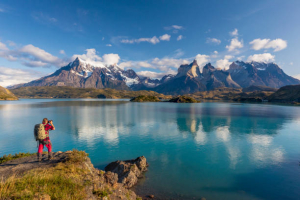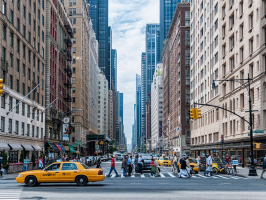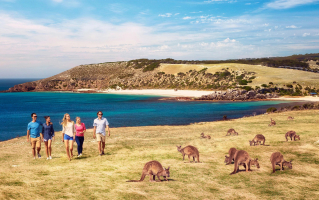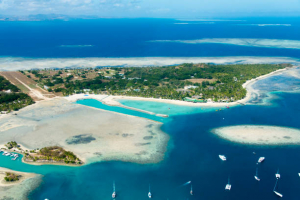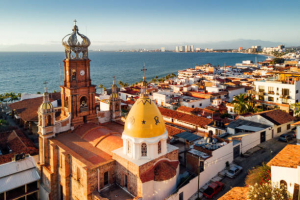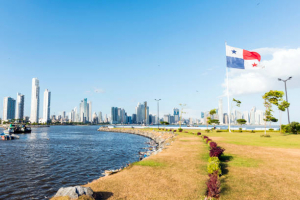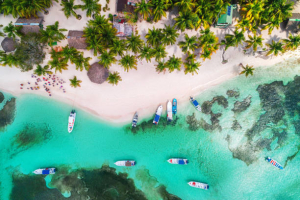Top 10 Unexpectedly Radioactive Things
These days, it feels like the world is descending into chaos. To keep us all on edge, there are murderous hornets, natural disasters, pandemics, and the ... read more...possibility of a world-ending conflict. What happened to the good old days when our only concerns were things like radioactivity and the rampant street crime? So, do not worry! It's time to unwind with a list of items that will calm your nerves that you never realized were somewhat irradiating you in your daily life.
-
Over 300 square miles and almost 9 million people call New York City home. There is just one location in all of New York that is the most radioactive, despite the fact that there are many people living there. A tire repair company is also there. Unbelievably, this will transport us back to those Brazilian beaches and that radioactive toothpaste from the Nazi era. See, the site of the former Wolff-Alport Chemical Company is now home to Primo's auto shop. When it came to using that Brazilian sand, or sand that was similar to it, they did exactly what the Germans did back then. They processed the monazite to extract the rare earth metals while also producing uranium and thorium as byproducts.
Thorium was helpful for a while, but not always. Thorium was basically worthless before and after World War II. They hid it or really flushed it down the toilet. However, during the war, it was beneficial for making weapons, which was significant because the industry increased production at that time. Afterward, Wolff-Alport had surplus stock that was useless when it was no longer required. They once again dumped it. And they threw it away right there. Primo's is not in the "no big deal" category, in contrast to some of the items we've already highlighted.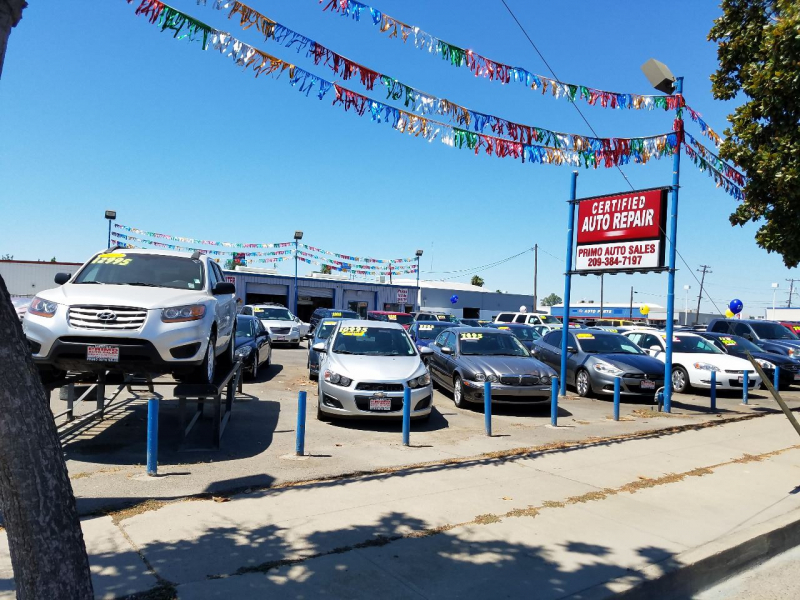
https://www.primoautosalesmerced.com 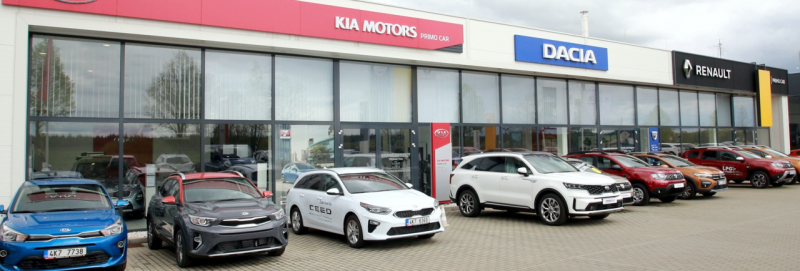
https://www.primocar.cz/ -
Almost everything in the world has some radioactivity, but as we've seen, sometimes that's not even something to worry about. Still, everyone should be able to eat bananas anytime they choose. But as we've also observed, some substances are simply oddly radioactively, more so than they ought to be, or at least more radioactive than we would anticipate.
One such instance of something being much more radioactive than you'd expect is the US Capitol building. It is made of granite, and today's standards would not allow the granite to pass inspection. That is as a result of the substantial uranium content. The amount of radiation is 65 times higher than EPA guidelines. To provide some further context, the radiation exposure inside the Capitol would be 550 times higher than it would be at the fence line of a nuclear power station. Again, this does not imply that members of Congress are about to turn into glowing green zombies, but it does equate to a 0.5 percent increase in the risk of developing cancer.

https://pixels.com/ 
http://www.militarytimes.com/ -
Do you know what Fiestaware is? The tableware is a glazed ceramic brand that was first produced in the 1930s. It's still produced today and is possibly the most well-known Chinese product made in America.
Fiestaware was available in a small number of glaze-related colors in the 1930s. The most widely used and most expensive Fiestaware was red.
This was made possible by the addition of uranium oxide, which was necessary to generate the red color. And as a result, the dinnerware became radioactive. There wasn't an immediate risk because the amounts were regarded as minimal, like other radioactive elements at the time. But a radioactive spark plug and a salad bowl are not the same thing.
There has been some concern that over time, frequent use, particularly exposure to things like scrapes from silverware and etching from acidic foods, could enable the radioactive substances to leak out of the glaze and be consumed. Additionally, swallowing uranium is far worse than merely retaining it. The radioactive coating was eventually dropped and replaced with something safer, although many goods were still sold with it.
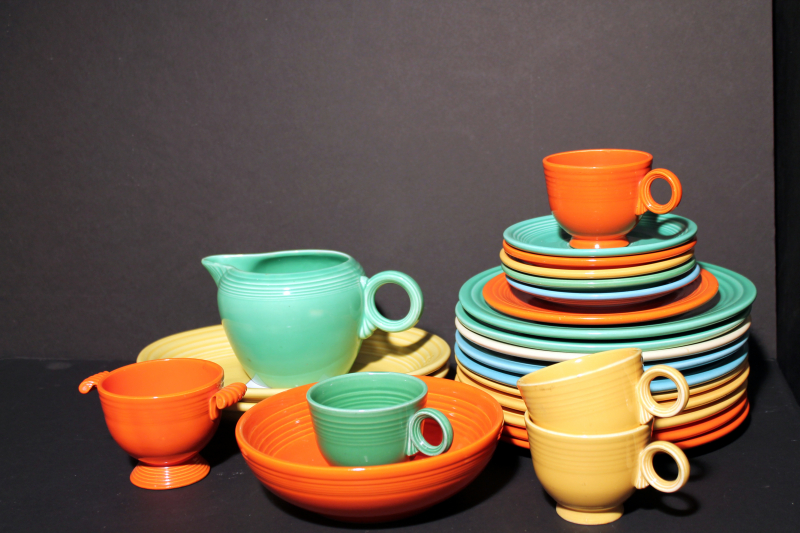
https://estatesales.org/ 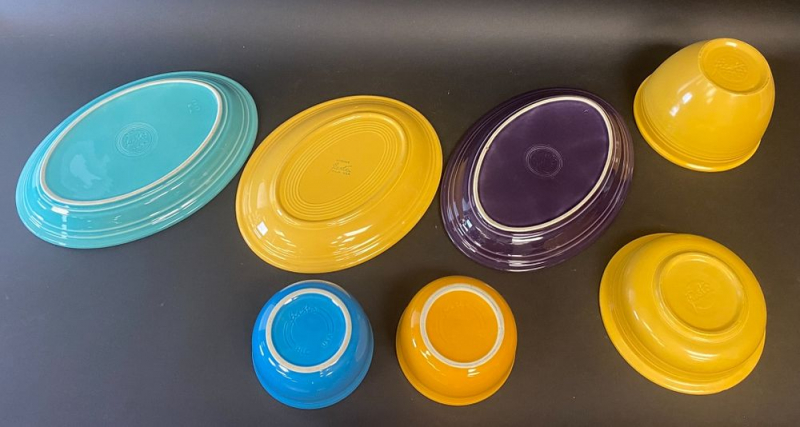
https://www.bidsquare.com/ -
Wild hogs hurt the US economy by roughly $1.5 billion annually. Although it sounds terrible, it might not be as bad as the problem with wild boars that several regions of Asia and Europe are currently facing. Although there is significant harm, at least the wild pigs are not radioactive. A common meat source in the Czech Republic is wild boar. Unfortunately, the Chernobyl tragedy has resulted in the boars absorbing an increasing amount of radiation.
There was a significant amount of Caesium-137 discharged into the atmosphere during the meltdown at Chernobyl. That eventually dispersed into the soil of the Sumava highlands. Truffles eventually absorb the radiation, and boars go on the hunt for and consume the truffles. After residents in Japan left the region of the Fukushima nuclear meltdown, boars moved in and started breeding with domestic pigs that had escaped.
As a result, the region was effectively overrun by a large population of radioactive pigs and boars, making it challenging for people to move back. The meat is a delicacy, just like in Europe, but it's too unsafe to eat. Caesium-137 levels in some samples are 300 times greater than what is permitted by safety regulations.
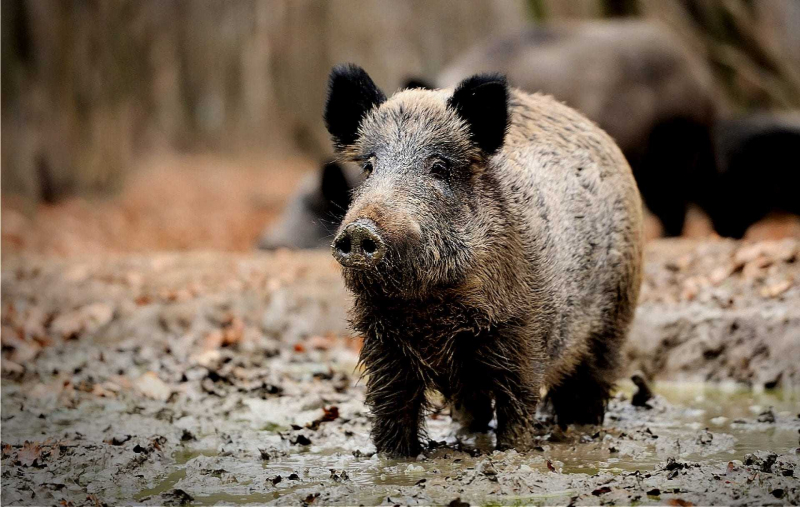
https://www.oliveoiltimes.com/ 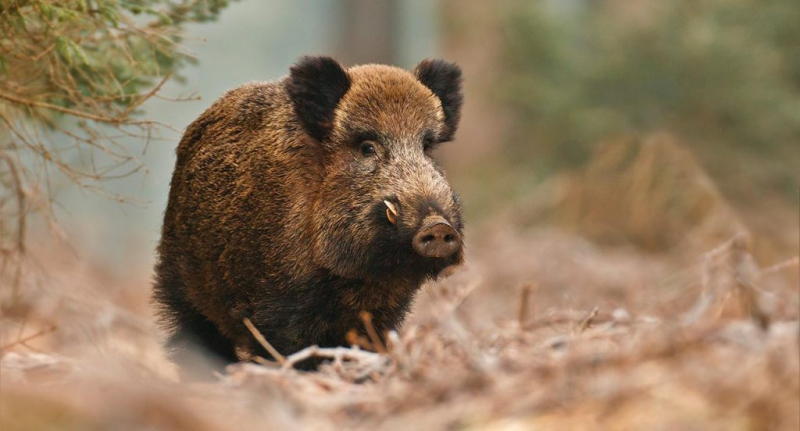
https://animalencyclopedia.info/ -
Radiation and medicine have had a troubled, lengthy history. People once believed that the more radiation they could absorb into their body, the better. There were toothpastes, tinctures, and tonics made from radioactive materials in the past.
Thorium served as the (radio)active component in Doramad, a toothpaste created by the German business Auergesellschaft a century ago. Doramad was promoted as being excellent for preventing gum disease and shining teeth. Tho-Radia, a range of radioactive cosmetics, was sold in Paris at the same time.
The radiation would bolster your teeth's and gums' defenses, as stated on the label. The toothpaste was produced by the same manufacturer, and the thorium utilized was derived from monazite, the same sands that were obtained from Guarapari Beach. Overall radiation levels were minimal, so it's unlikely that anyone used the toothpaste to bad effect. Having said that, if you ever get the opportunity, refrain from using radioactive toothpaste.
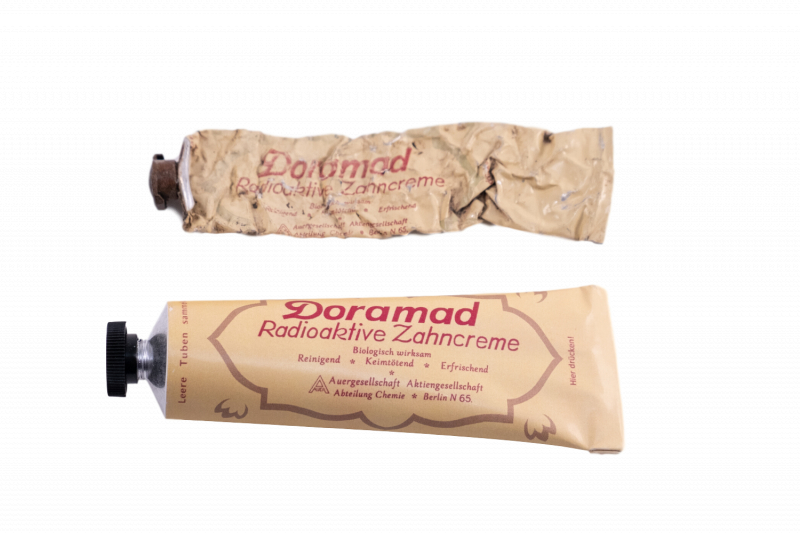
http://museumofradium.co.uk/ 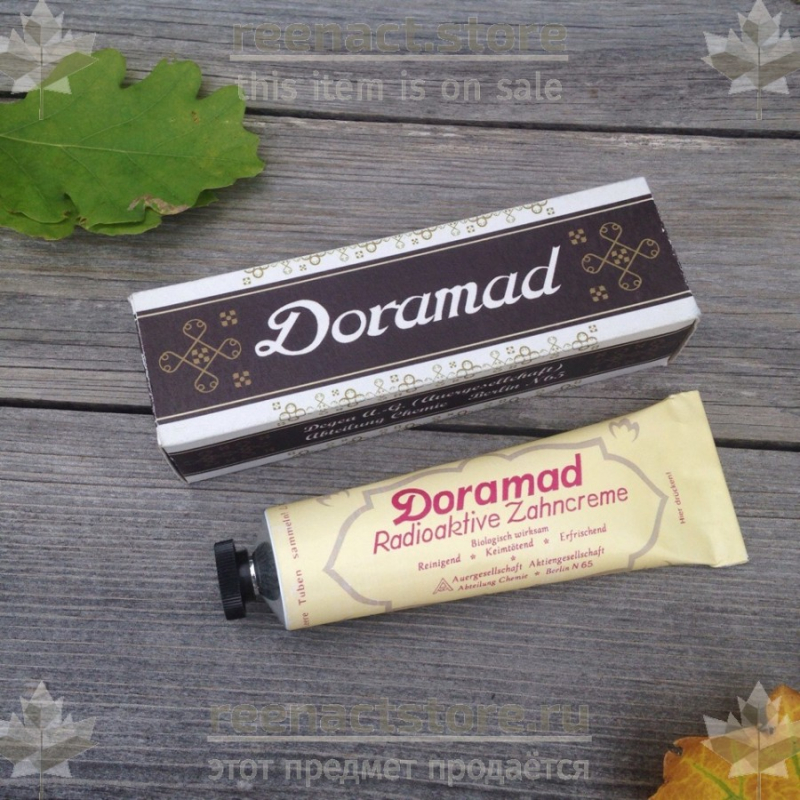
https://reenact.store/ -
About 50 km south of Vitória, the state capital of Espírito Santo, in southeastern Brazil, lies the coastal town of Guarapari, a popular tourist destination. Know for its sandy white beaches, Guarapari is a popular holiday escape for holiday makers from the landlocked Minas Gerais state as well as people from Vitória and Vila Velha. While Brazil has a long coastline and hundreds of miles of beaches, Guarapari is one of very few places where the sand is naturally radioactive.
The notorious Guarapari Beaches are located in southeast Brazil. Due to the healing powers of the enigmatic sand, doctors once bragged about the health advantages of visiting the beach. Monazite, a mineral that was also saturated with radioactive thorium, was present in the sand.
Tourists flocked to the beaches in the 1970s because they believed doctors who claimed radiation could heal arthritis; these beaches were roughly as radioactive as a chest x-ray. Despite the fact that the tourism sector continues to promote these notions, excessive beach time is not advised due to the risk of gamma radiation exposure.
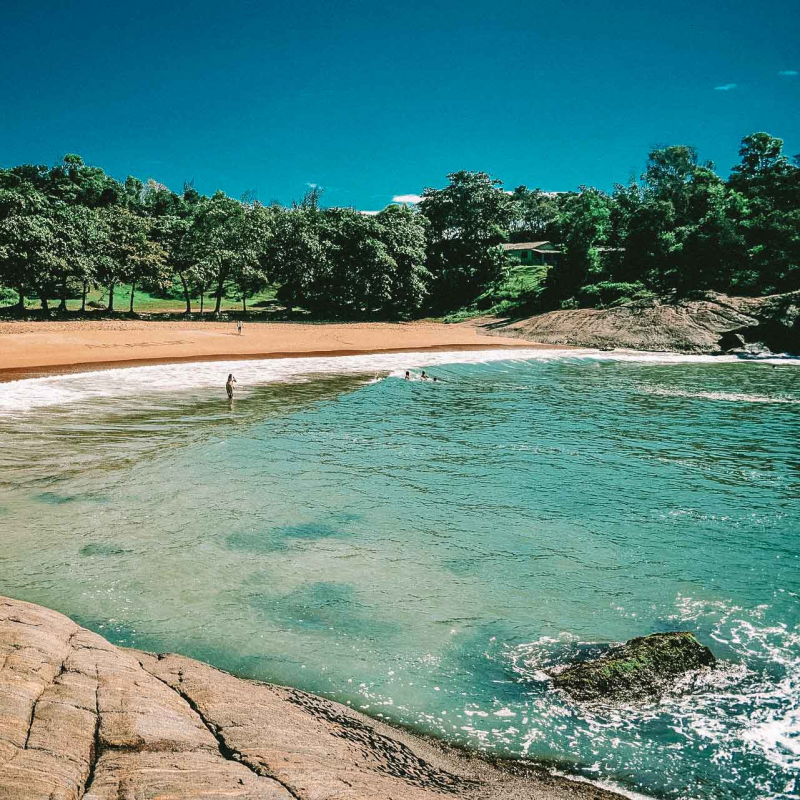
https://www.carpemundi.com.br/ 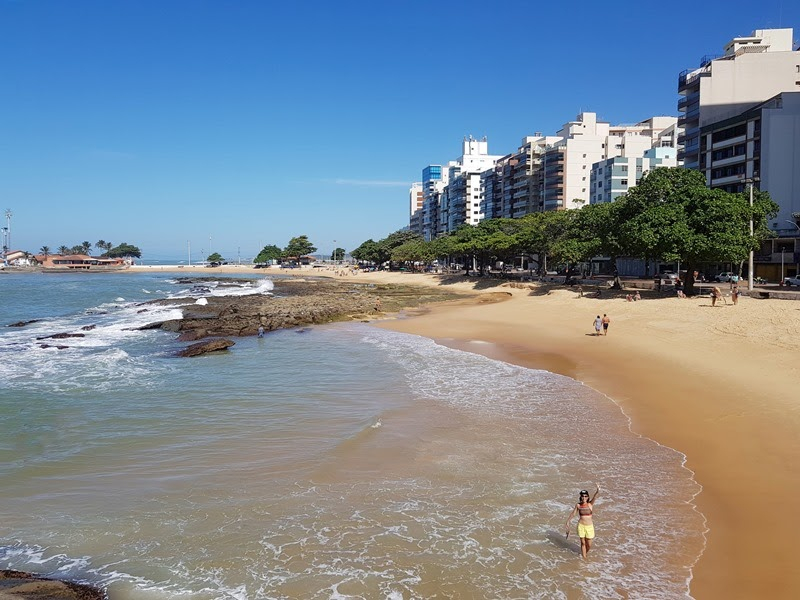
https://www.temqueir.com.br -
Potassium is naturally abundant in bananas. Bananas have a little amount of radioactivity because potassium is a mixture of isotopes that includes the radioactive potassium-40. The typical banana has 450 mg of potassium and emits roughly 14 decays per second. Unless you are transporting a large quantity of bananas across an international border, you shouldn't be concerned about it. Bananas can cause a radiation alert to go off for officials looking for nuclear waste, similar to cat litter.
Don't assume that the only radioactive foods are Brazil nuts and bananas. Basically, potassium-40, which is mildly but considerably radioactive, is present naturally in all foods that are high in potassium. This contains red meat, lima beans, potatoes (radioactive french fries), and carrots. Radon-226 is also present in lima beans, potatoes, and carrots. When it comes down to it, every food has a tiny amount of radioactivity in it. You consume food, making you slightly radioactive as well.
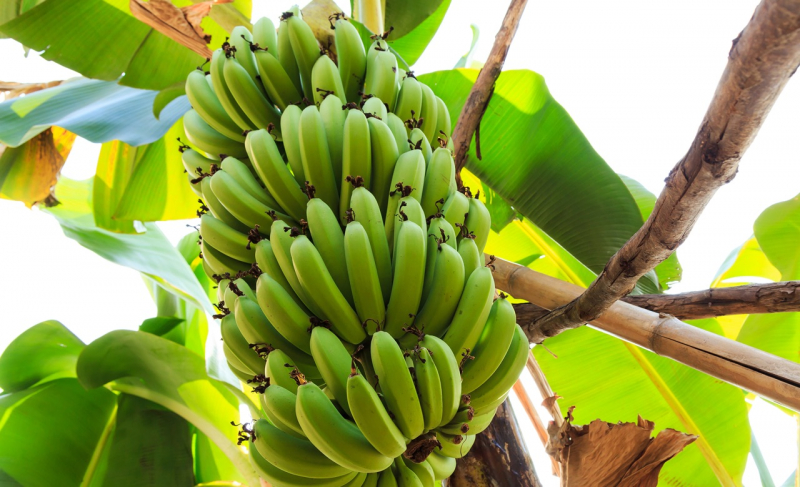
http://www.polysulphate.com 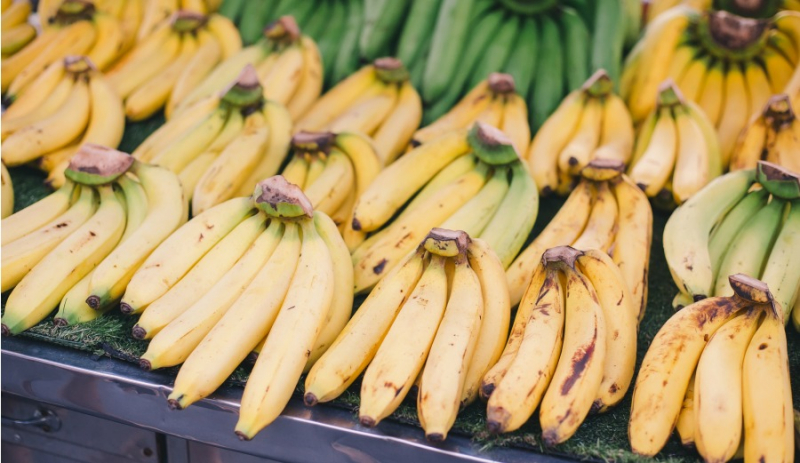
http://www.theinertia.com -
Seagulls are utterly detested by some individuals. They are some of the world's brazenest birds, and they can truly ruin a day at the beach if you leave out treats or if you let them to circle overhead and ruin your setting. On the other hand, they do a great job of maintaining pristine beaches. They might potentially be radioactive, depending on where you reside.
The Sellafield nuclear plant, which has hundreds of facilities and is located on the coast of Cumbria in England, was the scene of a severe accident in the 1950s. It is regarded as one of the most polluted locations in all of Europe and is very slowly being decommissioned. Sellafield was rife with stray cats, mice, and seagulls, which raises the possibility that they may have been splashing around in pools of radioactive waste and plutonium.
Why do Sellafield's open pools of plutonium exist? That's a valid question, to be sure. They were killing the birds and keeping them on-site in a freezer as early as 2005. Photos from 2014 revealed that they were still circling the building's radioactive pools. Reports from as recently as 2018 mentioned continued measures to regulate seagulls in the area through culling and destroying eggs as part of efforts to reduce radioactive harm to food supplies in and around Sellafield.

https://fineartamerica.com/ 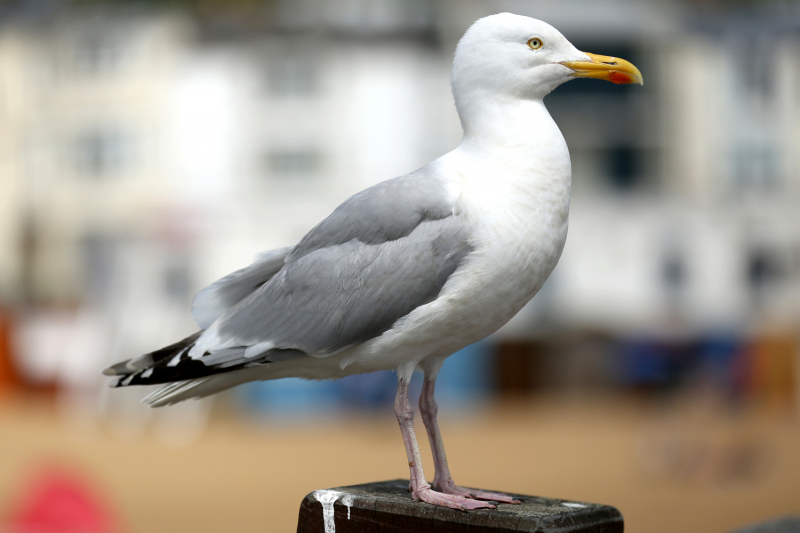
https://www.standard.co.uk/ -
Few of us consider spark plugs until a professional informs us that we need a new one. After discovering that they cost around $20 and just take a few minutes to replace, you have a brief moment of worry before returning to your previous attitude. And that's a shame since, at least for a while, you could actually obtain radioactive spark plugs without any valid justification.
Spark plugs made by Firestone once used polonium electrodes. You could now be asking whether polonium is dangerous. It is, in fact, more hazardous than hydrogen cyanide, according to scientists. Okay, so how? It is 250 billion times more poisonous, to be exact. That is quite a few times.
The half-life of polonium-210 is approximately 138 days, so all of those spark plugs are now inert. Hopefully, the factory workers who created them wore protective clothing. The rationale behind the plus was that perhaps by making it simpler for the spark to leap the gap, the radiation might enhance performance. It's difficult to say for sure because the science doesn't really make sense, which is just one of the many reasons why these plugs aren't currently available on the market.
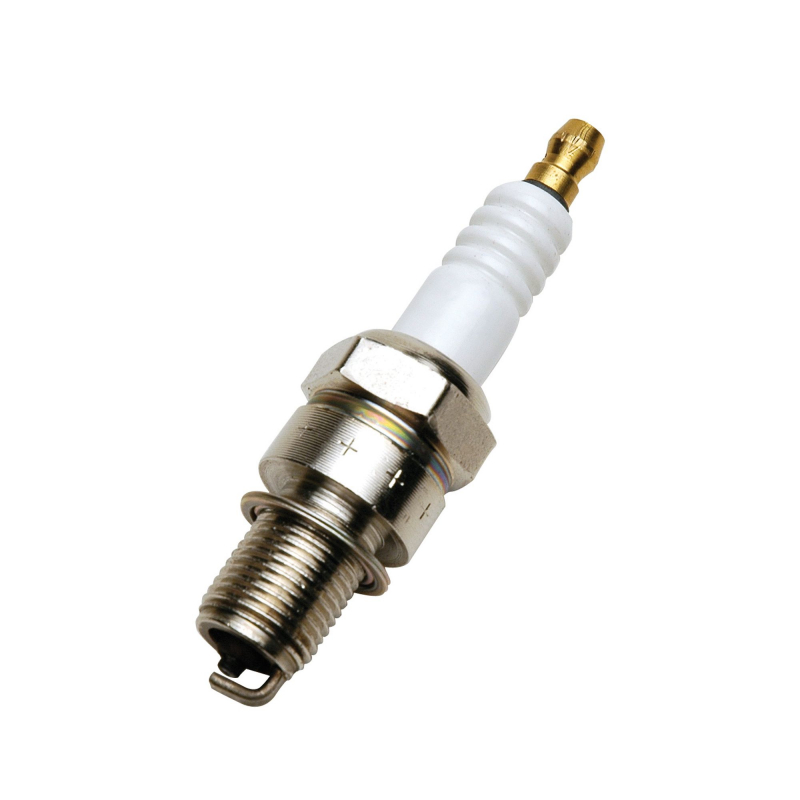
https://www.sears.com/ 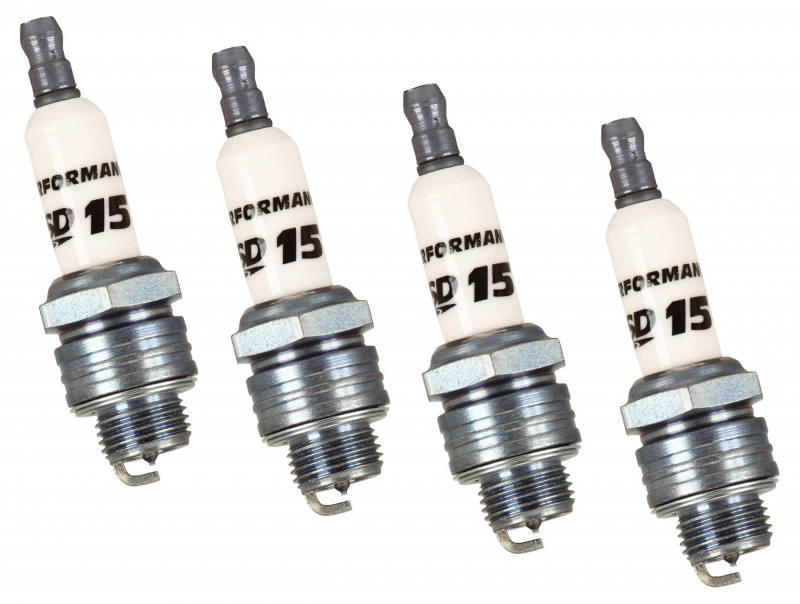
https://www.holley.com/ -
Brazil nuts may not ever reach the lofty heights of an almond or a pecan in the eyes of the majority of people, but they do contain several crucial nutrients and may help diabetics control their blood sugar levels. That's good, so what? The nuts are loaded with radium, which has the drawback of exposing you to rather high levels of radiation if you consume too many of them.
The average Brazil nut has a radioactivity level that is 1,000 times higher than anything else you are likely to eat. Although that sounds terrible, it's not a big deal in this situation. You won't have any problems if you eat a few of them each day. Just be reasonable, as eating, say, 50 nuts a day would be toxic. Large root systems can be found on the trees that produce brazil nuts. They can absorb a large amount of radium that is present in nature and can spread deep and wide. Intriguingly, should you ever be tempted to consume another part of the tree, the leaves and bark contain even higher concentrations, making the nuts some of the least harmful sections of the tree.
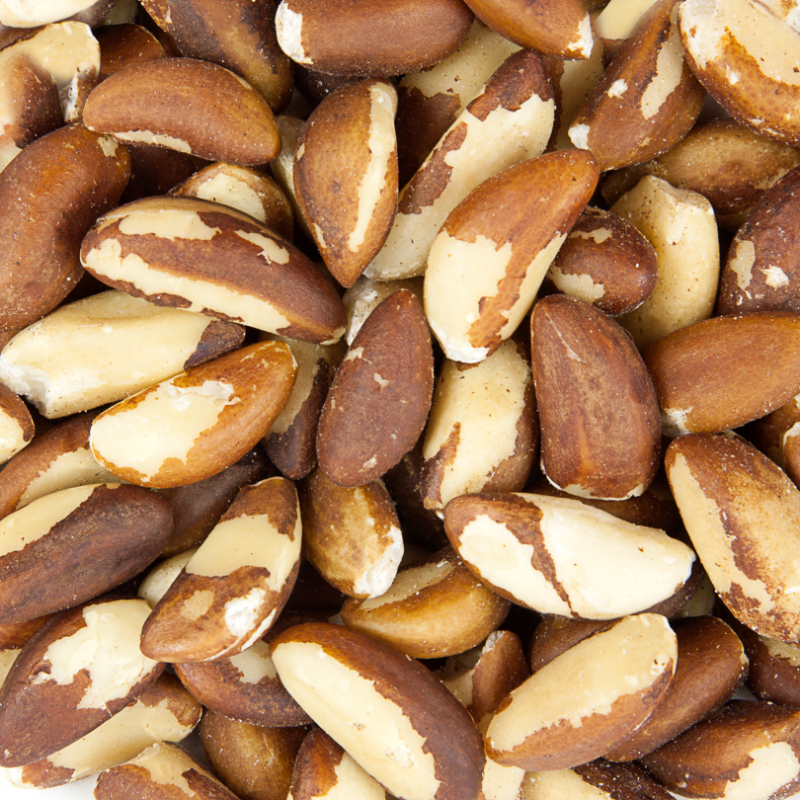
https://www.sunnylandfarms.com/ 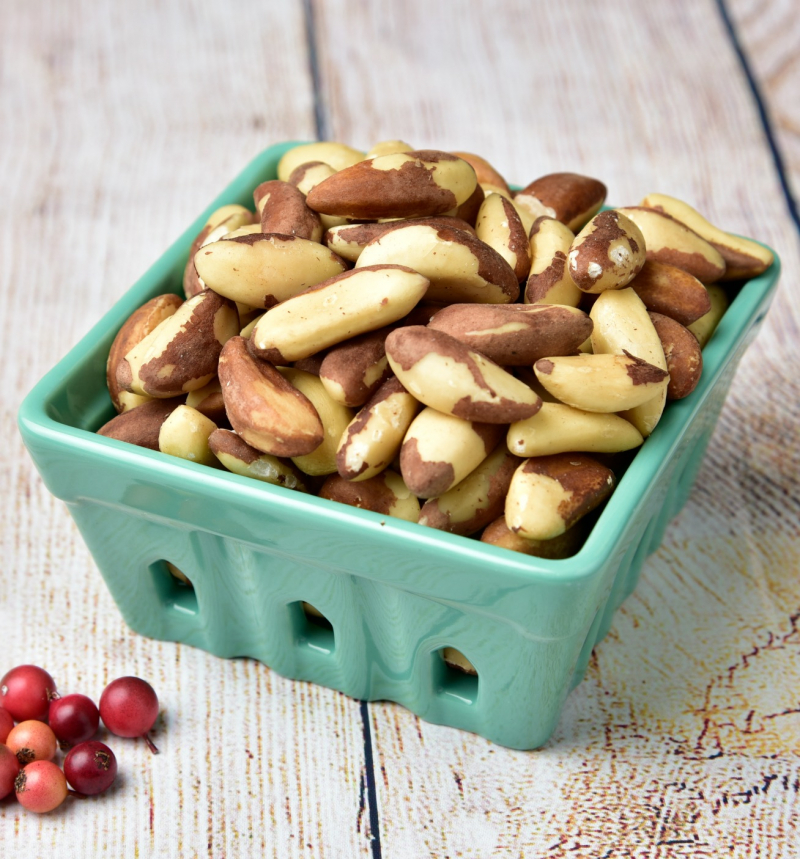
https://www.grapetree.co.uk/
















